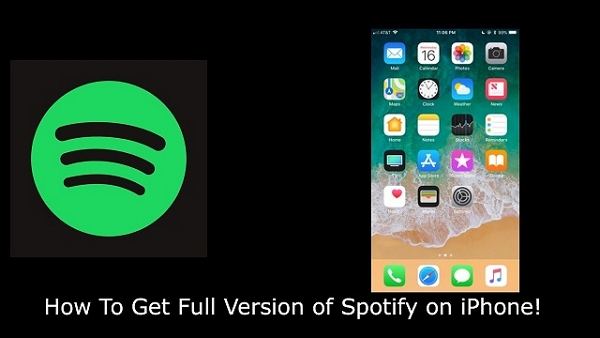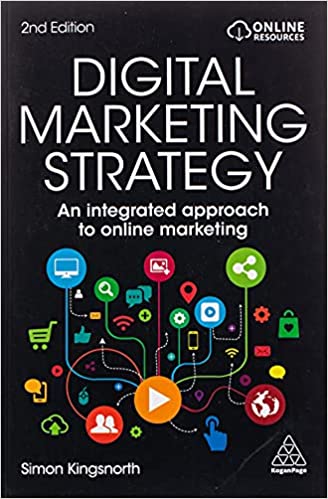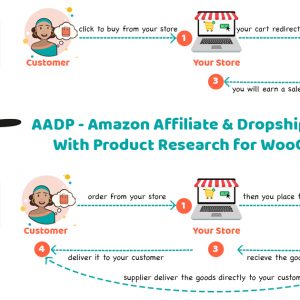
You can create an effective email marketing campaign using ecommerce by adapting your subject lines according to the interests of your customers. Your emails could be tailored to match customer names, interests, and purchase history. This will build trust in your brand as well as a deeper connection to your customers. Similar to the above, customers who make purchases are already likely to be fans of your store. If they refer friends and family, you can reward them with something special.
Upselling emails
Upselling emails in email marketing e commerce require persuasive language. Upselling emails in email marketing e commerce requires persuasive language. People won't buy upsells if they don't feel they can purchase it at any time. To persuade them, you must create an urgency. Be authentic to your brand by using language that is representative of who you are. If you're selling luxury brands, your language should reflect this. Be sure to match your brand's tone, personality, and upselling emails.
Upselling emails are very effective because they can make more sales than you would have without them. You can use them to alert customers about new promotions and follow up with them, for example. Upselling, which introduces customers to premium products, is another useful email marketing function. This will make them more likely to purchase premium products. You can use upselling emails to best serve your customers.
Cross-selling emails
To make the most of your cross-selling emails, you need to understand how your customers view your products. Interactions with customers will help you determine what they see as belonging in one category or another. For example, women are not likely to buy shoes or cat pages. Dog owners also don't tend to check out cat pages. Cross-selling effectively requires you to take into account your customer’s browsing history, shopping preferences, and previous purchases.
Segmenting customers is based on previous purchases, demographics, customer relationship length, and other factors. Cross-selling can be a valuable strategy to increase your revenue, and it also helps you track your sales pipeline. Personalized subject lines have a 26% increase in open rates, and customers are more likely to buy from them. Personalization can be demonstrated by using the customer's business name or name in the subject line. This will increase your customer's open rate and will help you cross-sell.
Transactional email

If you're planning to use email marketing to promote your e-commerce business, it's essential to understand transactional emails. These emails are vital to the customer relationship, particularly if they contain sensitive data. These emails should include the name and address of customers who have made purchases, along with the item purchased. Experian found that putting the customer's first name in the subject can increase the email's open rates by 7%. It's an indication that the customer has made the purchase. A customer's name should also be included in the body of the email, near the beginning.
A transactional email could be as simple as a confirm email or a shipping note. It can be personalized with a logo or links to the company website. Because it is triggered by customer activity, the main purpose of transactional emails is their functionality. Transactional emails are not very attention-intensive, but they can be used to communicate important information to customers and offer a huge marketing opportunity.
Personalized subject lines
Email marketing starts with creating personalized subject lines. You can make your emails stand out by including the subscriber name in the subject line. However, if you do not have enough information about your recipient, personalization is not possible. To be able to personalize, you will need to have a confirmed opt in system for collecting the email address as well as name of your subscribers. If you do not have accurate records, your subscribers will think that you don’t really care. It is not a good situation. However, it is possible to reverse this.

While keywords play a minor role in email delivery (email subject lines), adding symbols will make ecommerce emails look more attractive. The higher the subject line's relevance to the content of your email, the more likely it will be opened, read and clicked. Personalizing your emails is an important part of email marketing. But, the research shows that nearly 70% of brands fail personalization. You should send your ecommerce emails at 10AM and throughout the day to increase the open rates. The subject line should contain the essence of your business, and not a sales pitch.
FAQ
How do you create an SEO strategy?
It is important to understand your goals and the best way to reach them. This allows you organize your content around those goals.
The second step in the process is to work on your keywords. Keyword research will give you insight into what people search for when they use specific words. This information will allow you to write articles about these topics.
Your target keywords should be included in your articles once you have finished writing them. You can also optimize your articles by adding images and videos that are relevant. Link to related pages whenever you can.
After writing all your content, you can start optimizing it!
How can I get started with SEO for my site?
The first step towards getting a Google ranking is understanding what they are looking for when someone searches for your company name or products on search engines like google. This guide will teach you how to write high-ranking content on Google. You should also check out our other guides on content marketing.
First, create a plan. Next, consider the type of keywords that you wish to target. There are two types of keywords: broad keywords (like "digital marketing") and specific ones (like "seo").
You'll then need to decide on a few goals - driving leads, increasing brand awareness, or boosting sales.
Once you have your objectives defined, you are now ready to start writing content. We have some tips on how to write content for SEO here.
After your content is written, you can publish it to your blog. If you have a website, this might involve updating existing pages. You will need to hire a web developer to help you create one.
Link to your content on blogs and other relevant websites once you've published it. This will improve its visibility and expose it to more people.
How long does SEO take traffic to build?
Usually, it takes between 3-4 months to generate traffic through SEO. However, there are many variables that can affect the time it takes to generate traffic through SEO.
-
Your site's content quality
-
Backlinks
-
Targeted keywords
-
Competitor rankings etc.
SEMrush is a great tool for beginners who want to quickly generate results. They offer a powerful platform that will let you monitor all aspects your SEO campaign. This includes competitor research, backlink profile analysis, top pages, local listings and organic traffic stats.
How much does SEO cost?
SEO costs are dependent on the size of your company and industry. Smaller companies may only require a few hundred dollars per month, while larger companies will likely spend thousands per month. Our free SEO calculator can help you estimate the cost of SEO.
Statistics
- Deleting those 10k pages is one of the main reasons that he improved his site's organic traffic by nearly 90%: (backlinko.com)
- 64% of marketers actively create SEO campaigns because they help hit multiple key performance indicators (KPIs), including increasing traffic, helping your site rank for relevant keywords, improving your conversion rate, and much more. (semrush.com)
- 93%of online experiences today begin on search engines. (marketinginsidergroup.com)
- Sean isn't alone… Blogger James Pearson recently axed hundreds of blog posts from his site… and his organic traffic increased by 30%: (backlinko.com)
- Which led to a 70.43% boost in search engine traffic compared to the old version of the post: (backlinko.com)
External Links
How To
How do I know when I'm doing good SEO?
There are many ways to tell if you're doing good SEO.
-
Your bounce rate should not exceed 30%. Users will leave your website without clicking on any other links. A high bounce ratio means that your audience does not trust your brand, or is not interested in the products you are selling.
-
Your site visitors visit many pages - this indicates that they are engaged with it and finding information useful.
-
Your conversion rate has improved - your customers are more aware of you product or service, and want to buy it.
-
Your site's average time is increasing. This means that people spend more time looking at your content.
-
More people are coming from searches - this is one of the most reliable signs that you're doing great SEO.
-
You are receiving more shares on social networks - this means your content is being shared and reaching other audiences than your followers.
-
You get more comments on forums, which shows that people are responding positively to your work.
-
Engage more with your website by getting more likes (tweets), shares, likes, and likes for posts.
-
Your rank is increasing in SERPs, showing that your hard work is paying off.
-
Your website is receiving more leads. This means people are finding you organically and are contacting your website.
-
Your sales are growing - this shows that people who came to your website searching for your products and services are buying them.
-
You get more views and comments on your blog posts, which means that people find your content useful and interesting.
-
More people subscribe to your email newsletter means you have earned their trust enough to allow them to receive updates on your business.
-
Sales are rising - this shows that people like you and your products so much that they are willing to pay for them.
-
You've got more followers on social networks, showing that your fans share your content and engage with your brand.
-
You're getting more PR mentions - this shows that journalists are talking about your brand online. This raises awareness of your company and helps to improve your reputation.
-
You're being recommended more often - this shows that other companies also recommend your brand.
-
People keep returning to your website - this shows your customers are happy with your work and will come back again the next time they need your help.
-
Your competitors are losing ground - this shows that they didn't invest as much money in their SEO campaigns as you, making them look bad.
-
Your brand's image has changed - this means your brand is becoming more popular among new customers.